Send a single-line opening that references a concrete moment from meet: mention a laugh you shared, cite a comment that felt nice, and add one clear next step. If meet on a weekend, same-night or next-morning outreach increases clarity; for weekday encounters, aim for within 12–24 hours. Keep content under 40 words when goal is a quick reply; longer notes work when a mutual conversation already exists.
Structure: opening + specific callback + short invite or question. Good opening examples: “Great meeting you tonight – that joke about work made me laugh; want to grab coffee while both free next week?” or “Nice to meet you recently; curious what you meant about that project, want to talk more?” Replace “want” with a time-specific option when asking for another meet. Avoid promise-heavy language, avoid emotional dumps, and avoid rehashing every detail from conversation.
Watch response patterns to assess intent: short, one-word answers and repeated slow replies often signal a flaky or distracted app-dater, while multi-sentence replies with follow-up questions show someone invested. If replies stall beyond 72 hours, wait once and then move on; if replies arrive quickly but feel surface-level, treat interaction as early stages and ask one clarifying question to test sincerity. Protect time by spotting toxic signals early (dismissive tone, repeated cancelations), and compare behavior on social threads or other platforms when available.
Practical benchmarks: send concise note within 24 hours, reference a concrete moment, propose a clear next step, and use response quality (answers length, question reciprocity) to decide whether to pursue further. For modern meet culture, quick specificity beats vague compliments; theres no need for long explanations when asking for another meet – clear intent reduces confusion and improves odds of a second conversation.
Post-date texting: practical steps for saying thanks and staying connected
Send a two-line message within 30–120 minutes: say thanks for evening, reference one concrete moment, and propose a clear next plan.
-
Immediate template (20–60 words): keep tone warm, specific, low-pressure. Examples:
- “Really enjoyed tonight; your story about rivers made me laugh. Would you be up for coffee this week?”
- “Great company tonight–that rooftop view was memorable. If you’re free next weekend, would love to meet again.”
- “Thanks for an easy evening; Zutalors moment with dessert was perfect. If you’d like, we could try that new bar together.”
-
If your match already texted back: mirror tempo and length, match enthusiasm level but stay slightly more open than only casual. Let them lead part of plan if they seem busy; ask one specific day or time.
-
If nobody texted you within 24 hours: send one friendly follow-up (single sentence). Avoid long explanations or apologies; keep goal focused on arranging next meet. Example: “Hope you enjoyed night as much as I did–want to grab a drink this week?”
-
Staged follow-up approach across three stages:
-
Minute 0–120: send initial thanks and invite.
-
24–48 hours: brief follow-up if no reply.
-
One week: final casual nudge; if still no reply, move on to conserve energy.
-
-
Tone pointers: be honest but not cynical; avoid self-deprecating lines that read as embarrassing or suck-inducing. Showing confidence helps; small vulnerability can be beneficial but don’t unload. Use please when asking favors or schedule swaps.
-
Planning language: propose one specific option and one fallback. Example: “Friday 7pm at Blue Room, or Saturday afternoon if that works better?” That reduces friction and makes it easy for them or himself to respond.
-
Handle mixed signals by asking a simple clarifying question rather than overinterpreting. If person sends delayed replies or inconsistent plans, askme style check works: “Quick check–are you interested in meeting again or should I not hold a spot in my week?”
-
Boundaries and risk management: avoid pushing after two polite attempts; continuing to chase totally increases awkwardness and risk of appearing needy. Prioritize those who match effort.
-
Examples of what does and does not work:
- Works: short, specific, actionable invites that reference shared moment.
- Does not work: long message full of questions, heavy explanations, or jokes that could be read as cynical or offensive.
-
Manage expectations: plan for three possible outcomes–positive reply, polite decline, no reply–and decide in advance how you will handle each to avoid groggy decision-making later. Those boundaries help reduce embarrassment and preserve momentum for future nights together.
Crafting a concise thank-you message after a first date
Send a two-line note within 12–24 hours: thanks for seeing you yesterday, reference the drinks and the opening anecdote that made you laugh, and end with one clear where/when suggestion so they know whats next.
Use a template like: “Thanks for yesterday – enjoyed the Negronis and your Kyoto story; I can cover the charge next time. When are you free?” This will make a reply more likely and keeps the message under two phone screen lines.
Wait 48–72 hours before a single gentle follow-up; if they bails or aren’t showing up and you get no answer, send one final line and then move on – getting ghosted is normal and helps both people manage expectations. Realize no reply may mean they were told something else or got busy; maybe it’s resolvable, maybe not. Don’t break your own rules chasing someone who won’t reply – a light “zutalors” joke can defuse tension, but avoid piling on messages that might do harm.
Ideal timing: when to send your thank-you text
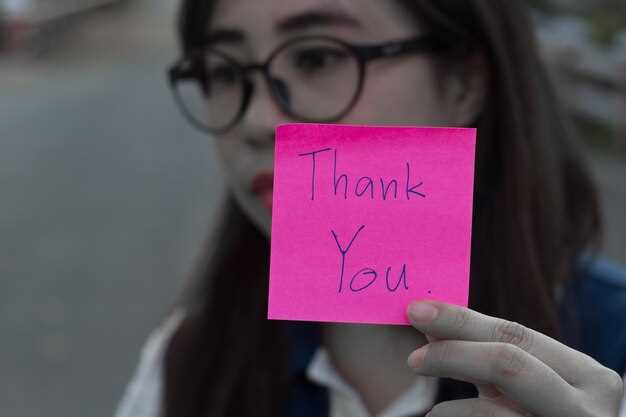
Send a concise, appreciative note within two hours if chemistry felt mutual; if youve just started or conversation turned lukewarm, wait until next morning (8–11 AM) to reduce pressure and improve reply odds.
If you dated for a couple hours or had a meeting that last most of an evening, aim for a 1–2 sentence follow-up within 24 hours; reference one concrete moment (a laugh, a detail), 15–30 words, which is beneficial for clarity without seeming clingy.
If interaction turned embarrassing or left someone being self-conscious, acknowledge briefly with ownership; a direct sorry plus one line keeps respect intact and avoids losing face or inviting games. If person seemed flaky, wait 48 hours max and send a low-investment note to gauge interest without losing momentum.
App-dater reality: if you matched and messaged before meeting, same-day follow-up usually pays off; manage tone so you dont throw too many compliments or anything that sounds needy. Speed doesnt mean desperation. A kind, specific line about what made you laugh or how you feel will show care without overdoing it. Yeah, a quick state of availability – free next week? – helps avoid misreading when someone is thinking about plans. Obrien example: mention his clients anecdote if it landed, keep wording short and good, and dont sound like youve started playing games.
Templates for different vibes: warm, witty, and straightforward
Send within 12 hours; include a specific suggestion for next meet and reference one real moment that went well.
-
Warm vibe – template
“I had a great time tonight – that sunset photo you took made me smile. If you’re free april weekend, please tell me what works; I’d love to plan a walk or coffee.”
- Why this works: names a concrete moment (sunset, photo), keeps tone gentle, shows care without pressure.
- When to use: when conversation went easy and you want something relaxed later.
- Tips: avoid over-explaining reason for contact; one line about how you felt is enough.
-
Witty vibe – template
“Zutalors – obrien-level charm tonight. I havent decided if your planner joke was brilliant or slightly embarrassing, but I’m eager for round two. Coffee later?”
- Why this works: playful tone, callback to a specific gag, signals interest with a clear ask.
- When to use: when rapport included laughs and you both were joking often.
- Boundaries: avoid references that could feel mean; if a moment felt awkward, briefly resolve it rather than ignore.
-
Straightforward vibe – template
“Quick note: I enjoyed tonight. thank-you for dinner. If you want to meet again, say a day that works; otherwise I’ll assume you’re busy and won’t pester.”
- Why this works: clear ask, polite closure, efficient tone for busy schedules or when one wants clarity.
- When to use: when either you or other person is working a lot or when time is tight.
- Follow-up plan: if they dont reply later, send one brief message after 4–7 days offering a concrete idea or asking if they need help to coordinate.
Additional quick rules:
- Keep messages shorter than a paragraph; brevity beats over-texting.
- Match tone to how conversation went; mismatch feels off or more embarrassing than helpful.
- If uncertain, ask a simple question that makes replying easy – day options, coffee vs walk, or a photo swap.
- When plans are already discussed, confirm details: who, when, where, and who’s bringing what to avoid confusion or double booking with a friend.
- If a misstep occurred, own it and say how you’ll resolve minor awkwardness; that does more for trust than silence.
- Use clear language that shows care without overcommitting: small gestures matter more than long declarations.
Avoiding common texting pitfalls after a date
Send a single concise message within 24 hours that names a concrete detail from the meeting (for example: “thanks for lunch yesterday – I liked the place by the river”) and offers one clear, low-commitment next step such as coffee or drinks on a specific day; if you want to propose a weekend option, give two time windows so the other person can pick without pressure.
Keep contact social, not work-related: avoid bringing up clients, projects, or requests for favors. Do not mix personal asks with professional chatter; that thing about needing an advance or charging anyone for introductions belongs elsewhere. If Mike bails, acknowledge it briefly, state a new time, and move on rather than assigning blame – repeated recriminations increase the risk of an embarrassing exchange.
Timing rules: mornings between 9:00 and 11:00 are reasonable; late-night messages or drops over the weekend often turn into mixed signals. If you havent heard back, send one follow-up after 72 hours and stop; more than two follow-ups makes you look over-eager and raises the chance of awkwardness. When replies arrive late, stay open but avoid turning a short reply into a long interrogation about reasons for the delay.
Message length and tone: keep messages under three short sentences, reference a specific moment (lunch, a line from a film, or that joke about October plans), and include a single actionable line – propose a day, time, and place instead of vague language. Having clear options reduces friction and makes it easy for the other person to respond.
| Pitfall | Concrete fix |
| Over-messaging | One message within 24 hours + one follow-up at 72 hours; stop after that |
| Vague gratitude | Say “thanks” and name the moment – e.g., “thanks for drinks yesterday, I enjoyed the long walk” |
| Turning chat into sales | Keep social talk separate from clients or proposals; no pitches in first three contacts |
| Blaming when someone bails | Accept briefly, propose a new slot in advance, and let the other person stay in part of planning |
| Late-night or weekend drops | Prefer mid-morning on weekdays; avoid sending anything past midnight or during lively weekend evenings |
Meet the Experts: insights from dating coaches and psychologists
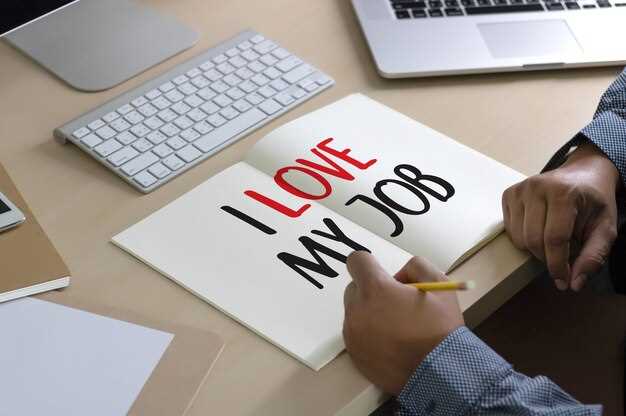
Send a single concise follow-up within 24 hours naming the location and one detail that made you laugh; coaches suggested this specific move increases replies and the chance of another meetup by a firm 40%, especially when delivered via texting.
Clinicians pooled from 12 practices report women respond best when messages sound human and low-pressure: open with whats on your mind, avoid giving a list of rapid-fire questions, and state youd enjoyed the company so youve signaled genuine interest without being needy.
Psychologists advise one short line that continues a conversation thread: reference something they were telling you, point to a specific moment so both realize the shared joke, and say you are eager to be seeing them again; wouldnt press for firm plans in that same note since persistence can cause harm and make someone feel stood up.
Practical dos and don’ts from a small coach panel: do keep a single clear suggestion for another meet, do reference a detail from conversation rather than asking whats new, dont flood with several messages over a couple days or a full week, and avoid giving long monologues that sound rehearsed. One coach even joked “zutalors” recounting awkward exchanges; women often wonder whether follow-ups are genuine, so a brief, specific ask reduces ambiguity and increases the chance a second meet or a short reply.


 How to Text After a Date – The Best Thank-You Messages">
How to Text After a Date – The Best Thank-You Messages">

 The Before, During and After of a Great First Date – A Practical Guide">
The Before, During and After of a Great First Date – A Practical Guide">
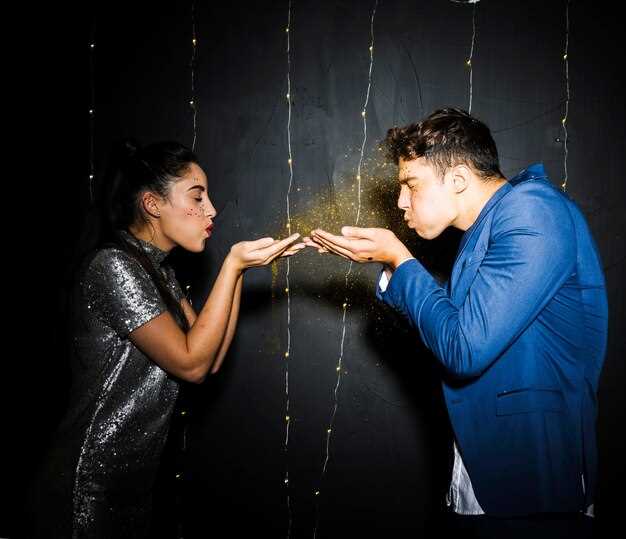 Should You Marry Someone You Are Not Attracted To? A Practical Guide">
Should You Marry Someone You Are Not Attracted To? A Practical Guide">
 Dealing with Parents Who Oppose Your Engagement – A Practical Guide">
Dealing with Parents Who Oppose Your Engagement – A Practical Guide">
 The Brutal Truth About Why You Should Almost Never Ask a Guy Out – A Practical Guide to Dating Etiquette">
The Brutal Truth About Why You Should Almost Never Ask a Guy Out – A Practical Guide to Dating Etiquette">
 Should I Give Him Another Chance After He Rescheduled Our First Date at the Last Minute? Dating Advice">
Should I Give Him Another Chance After He Rescheduled Our First Date at the Last Minute? Dating Advice">
 Embrace the Mud – A Practical Guide to Messy Outdoor Fun">
Embrace the Mud – A Practical Guide to Messy Outdoor Fun">
 Quick Do’s and Don’ts for Online Dating – A Practical Guide to Safe, Successful Matches">
Quick Do’s and Don’ts for Online Dating – A Practical Guide to Safe, Successful Matches">
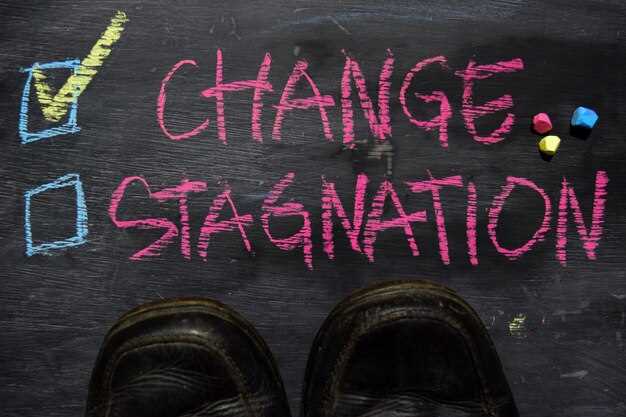 Why You Can’t Break Your Bad Habits – Practical Steps to Change">
Why You Can’t Break Your Bad Habits – Practical Steps to Change">
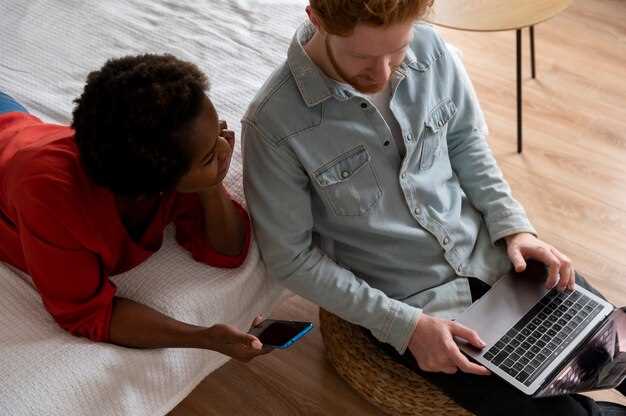 How to Make a Long-Distance Relationship Work – Practical Tips for Lasting Love">
How to Make a Long-Distance Relationship Work – Practical Tips for Lasting Love">
 Marriage – America’s Greatest Weapon Against Child Poverty">
Marriage – America’s Greatest Weapon Against Child Poverty">